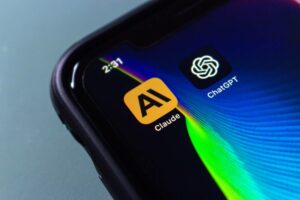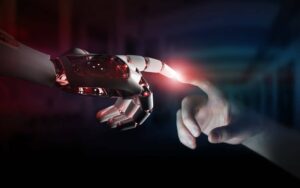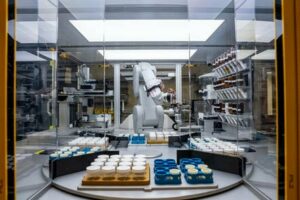
As Perseverance begins to roll its way around Mars, NASA engineers are gradually allowing the rover to drive autonomously, to a degree, using computer algorithms running on a navigation computer.
The six-wheeled, SUV-sized science lab primarily relies on humans to tell it where to go and how to get there. Scientists on Earth don VR goggles to study the Martian landscape snapped by the rover’s cameras, and decide which path the machine should take. These navigation instructions are then beamed to Perseverance to carry out; the communications delay between the two planets rules out interactive real-time control, so the rover is left to move as ordered and report back.
That said, Perseverance is able to more and more use its own electronic initiative. It has an AutoNav system – a suite of software tools – that as NASA put it “makes 3D maps of the terrain ahead, identifies hazards, and plans a route around any obstacles without additional direction from controllers back on Earth.”
“We have a capability called ‘thinking while driving,’” said Vandi Verma, a senior engineer who helps drive Perseverance. “The rover is thinking about the autonomous drive while its wheels are turning.”
Its navigation computer can detect and avoid upcoming hazards using ENav, which is described as “an algorithm-and-software combination,” and use its Vision Compute Element to map its journey. The rover, which relies on cameras to navigate, can check to see whether it has traveled the correct distance by comparing its position relative to features in photos.
Below is an example of what Perseverance’s left and right navigation cameras see while AutoNav is working.
Youtube video of the rover’s cameras
NASA has been working on the AutoNav system for years. The Curiosity rover is able to scoot around by itself with minimal supervision for short distances though it isn’t as capable as Perseverance, which should be able to move faster than Curiosity and cover more ground by itself.
“We sped up AutoNav by four or five times,” said Michael McHenry, the mobility domain lead. “We’re driving a lot farther in a lot less time than Curiosity demonstrated.”
“We’re going to be able to get to places the scientists want to go much more quickly,” added Jennifer Trosper, Mars 2020 Perseverance rover project manager. “Now we are able to drive through these more complex terrains instead of going around them: it’s not something we’ve been able to do before.”
NASA hopes Perseverance will be able to reach speeds of about 120 metres per hour, compared to Curiosity’s 20 metres per hour. Perseverance had its tires upgraded, compared to Curiosity’s, so it has better traction and durability.
“Curiosity couldn’t AutoNav because of the wheel-wear issue,” Trosper said. “Early in the mission, we experienced small, sharp, pointy rocks starting to put holes in the wheels, and our AutoNav didn’t avoid those.”
Perseverance will roam the Jezero crater and begin sampling rocks and bottling up the most interesting specimens over a nine-mile region. These will eventually be returned to Earth, where scientists can study and look for signs of whether Mars was once habitable. ®
Source: https://go.theregister.com/feed/www.theregister.com/2021/07/02/nasas_perseverance_driving/











